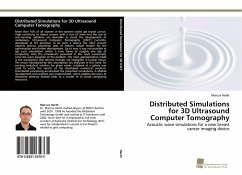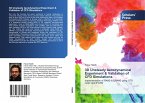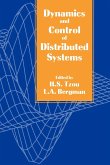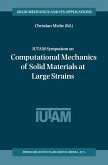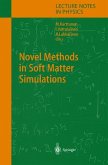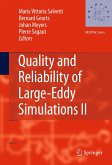More than 10% of all women in the western world get breast cancer. High sensitivity to detect tumors with a size of 5mm and the use of non-ionising radiation are desirable to avoid the development of metastases. Ultrasound Computer Tomography (USCT) currently developed at KIT promises to be such a device. The USCT project requires precise simulation data of realistic breast models for the optimisation and further development. Up to now it was not possible to get such simulations within a time frame of roughly one day of computing time. The simulations presented in this work numerically solve the wave equation of the problem. The main approximation made is the assumption that density changes are negligible in human tissue. The errors introduced by this assumption are analysed in this work. An existing analytical solution for plane waves scattered at a sphere was used to verify the results of the developed numerical solution. Distributed processing accelerated the presented simulations. A Matlab development environment was implemented, which enables the users to distribute arbitrary Matlab tasks to a cluster or to cloud computing resources.

